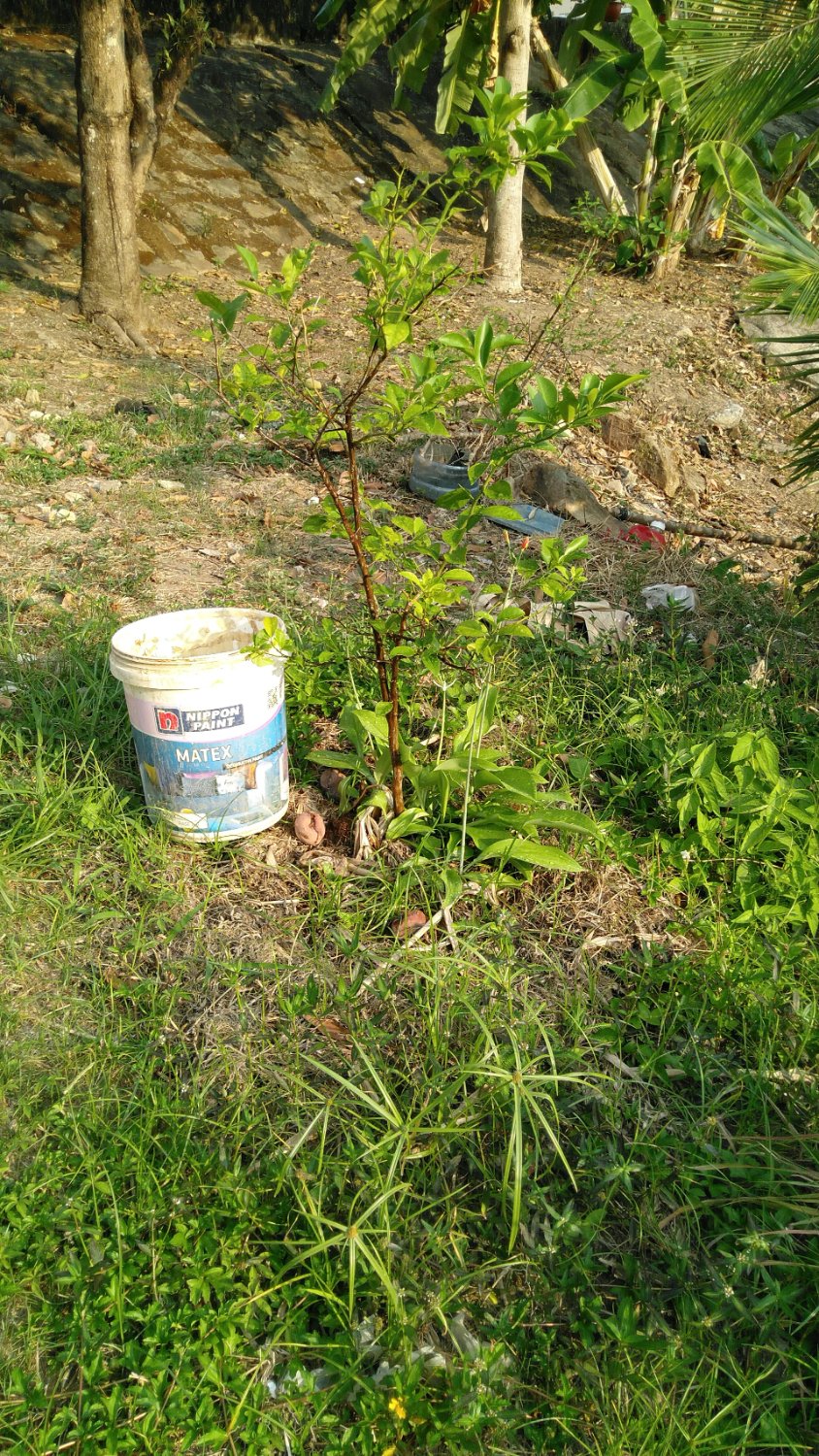

They are bigger and much happier thanks to our recent rain.


They are bigger and much happier thanks to our recent rain.
Have you thought about making it more consistent? Like a regular schedule?
I find that people love to be corrected for any small inconsistency. They always say it makes them.a better person.
I have many friends
That was hardly pedantic at all.
I believe you are correct, I am not a Grasshopoligist by training.
I have no idea, would love to know though. Lived here for years and this is the only one I have seen. Southwest Cambodia, near Sihanoukville. Sorry, should have added that before.
They move closer to their food sources which vary between wet and dry season. I have no idea why they do not increase their forage area instead. It seems a strange adaptation, I guess building a new hive has lower energy requirements.
Same, just tried to make two posts, no photos will upload.
'Problem uploading photo' on Voyager Android
I probably wouldn't have noticed it if some of the dry leaves had not slid down. They blend very well into tall grass too.
Yes, that's my potato phone. In my immediate area they are very common, or at least the most visible.
I usually see them 4-5 times a week.
Thanks, I had a small brain glitch there. I was thinking about A. Cerana when I posted.
I change the title